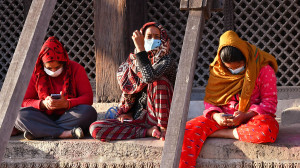National
Plastic waste polluting Narayani river, says study
Following plastics that accounted for 42.5 percent of all trash, textile waste made up 17.14 percent, glass 12.62 percent, biodegradable waste 7.89 percent, medical waste 4.69 percent and paper 4.02 percent.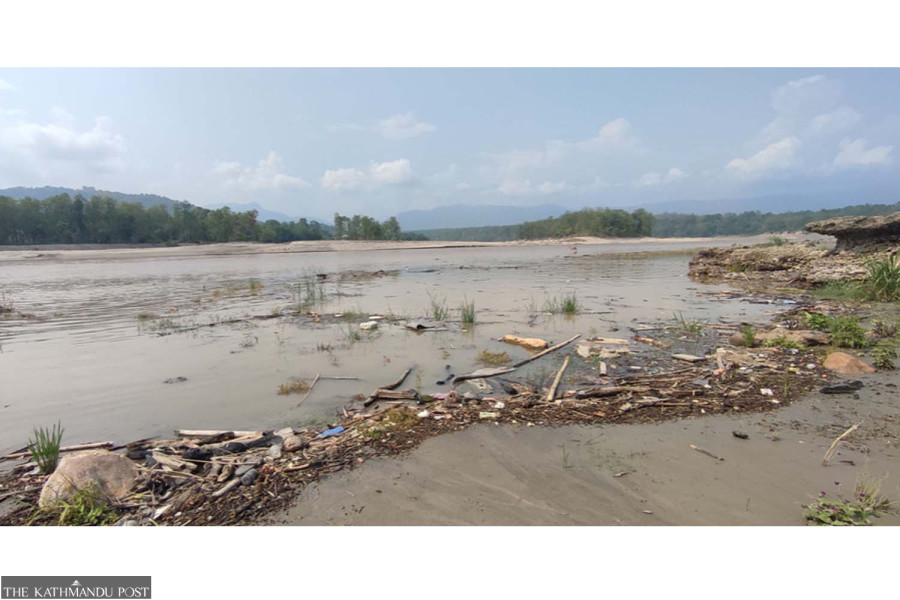
Post Report
A recent study has found that plastic waste is the most prevalent form of pollution along the Narayani river, especially in the Bharatpur Metropolitan area from Devghat to Golaghat. The analysis was conducted by a youth-led organisation named Better Chitwan. The report was released on Sunday.
The study covered eight locations, including bathing and cremation sites in Devghat, Jorkusum Park, the riverside near schools in Narayanghat, the Exhibition Ground area, Nagarban and the western edge of Bharatpur.
According to study coordinator Sagar Karki, plastic waste accounted for 42.5 percent of all trash, with Devghat having the highest concentration at 72 percent. The largest volume of waste overall was found in the Nagarban area, where landfill dumping was practiced until recently.
The waste audit was part of the “Nadi Sanga Hami” (We are together with the river) project. The field survey took place from November 10 to 16 and analysed waste within a 15-meter radius at each site.
Following plastics, textile waste made up 17.14 percent, glass 12.62 percent, biodegradable waste 7.89 percent, medical waste 4.69 percent and paper 4.02 percent.
Syringes and snack wrappers were found at Bhangerithan, a site frequented by drug users and tourists. Despite the Narayani river’s religious, ecological and touristic significance, pollution remains severe.
The environmentalists and locals urge local authorities to improve waste collection, ban plastic bags in key areas, and stop direct sewage discharge into the river.




 19.12°C Kathmandu
19.12°C Kathmandu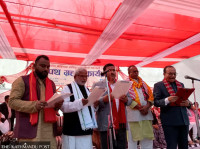




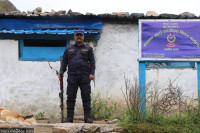


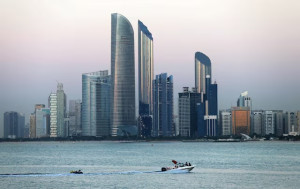




%20(1).jpg&w=300&height=200)

